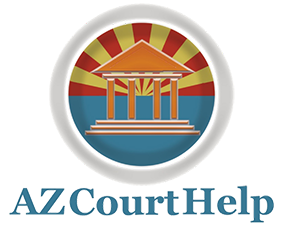Civil Lawsuit Process
The following are the steps to bringing a civil lawsuit:
- The plaintiff files a complaint with the clerk of the court stating the reasons why the plaintiff is suing the defendant, and what action the plaintiff wants the court to take.
- A copy of the complaint and delivered to the defendant.
- The defendant has a limited time (usually 20 days) to file a written answer admitting or denying the statements in the complaint.
- The plaintiff and the defendant exchange information about the case. This is called discovery.
- The case is tried before a jury or a judge.
- The judge makes a decision, or the jury gives its verdict, based on the testimony and other evidence presented during trial.
- The losing person may appeal the decision to the next higher level of court.
- Opening statements - The defendant has the right to a trial in which either a jury or the judge determines guilt. When the court is ready for the trial to begin, each side can make an opening statement. In a criminal case, the prosecuting attorney speaks first.
- The prosecuting attorney gives an overview of the facts that will be presented. The defense may present the same type of opening comment or may save the opening statement until later in the trial when that side of the case begins. Either side may decide not to give an opening statement.
- Witnesses - The prosecution begins the case by calling witnesses and asking them questions in a direct examination. Trial evidence, including testimony and physical evidence, such as documents, weapons, articles of clothing, etc
- Closing arguments - After the prosecution and the defense have presented all of their evidence, each side may make closing arguments. Closing arguments provide an opportunity for the defense and prosecution to address the judge or the jury a final time. The prosecutor speaks first, usually summarizing the evidence that has been presented and highlighting items most beneficial to the prosecution. The defendant or the attorney for the defendant speaks next. The defense usually summarizes the strongest points of the case and points out flaws in the case of the prosecution. The prosecutor then has one last opportunity to speak.
Resources
